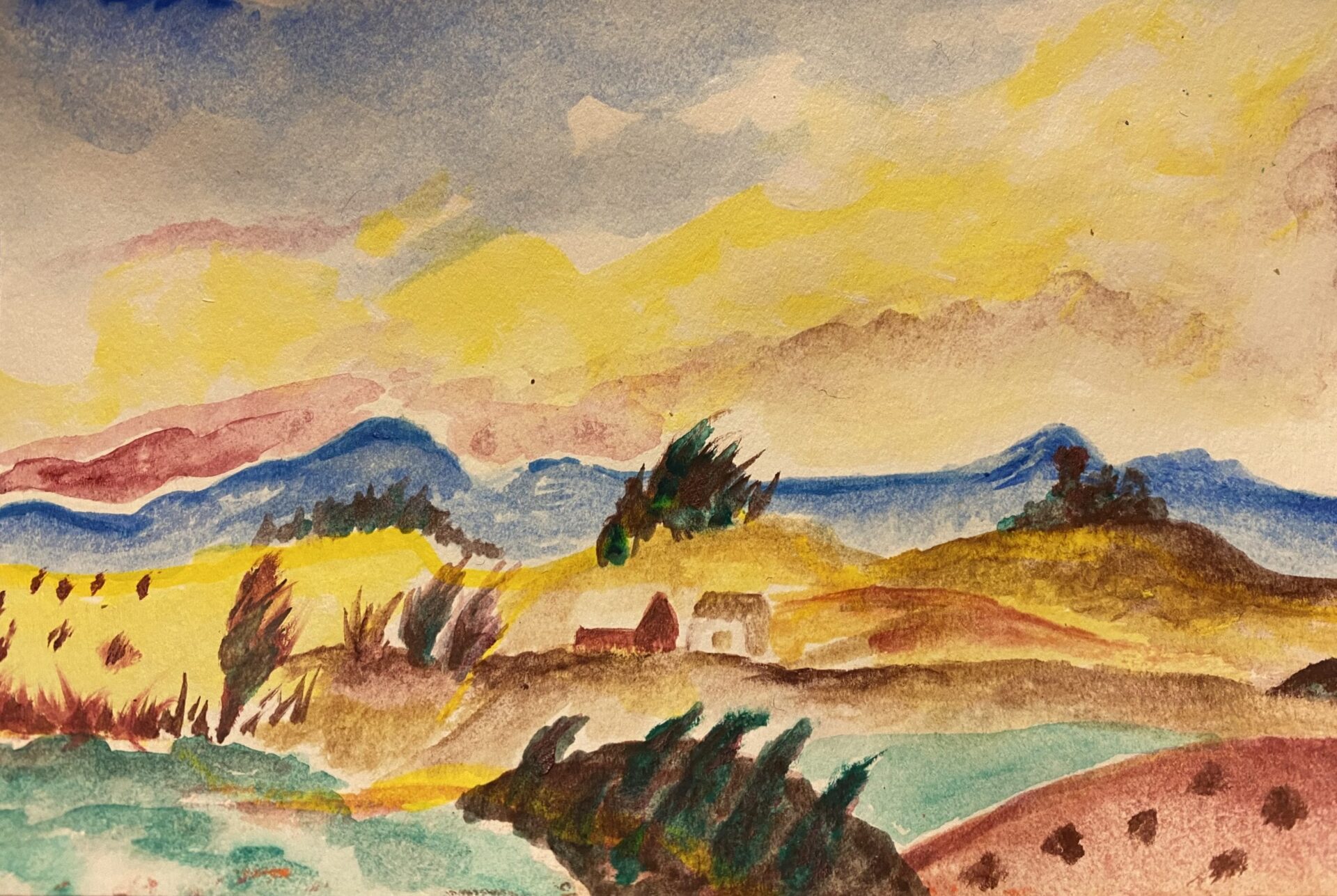by Patrick McNerthney
There’s a lot to be said for sharing an idea with the world, an idea that we think is critically important, through social media.
I’ve never done this personally. For some reason social media makes me uncomfortable (could be related to my fear of dancing). I’m probably missing out on a lot of opportunities to connect by not using it.
 (How do they do it?)
(How do they do it?)
Although, to be honest, long ago when I worked for a beverage company I jumped on the social media bandwagon to announce a BRAND NEW drink we invented; a probiotic and protein rich coffee that actually tasted really good. People were going to freak out. I was freaking out!
I remember excitedly creating our first posts on Instagram and Facebook, hitting the “send” button, then kind of leaning back in my chair, feet up on the desk, hands clasped behind my head, waiting for the chain reaction of attention and sales that would roll in. Remember: BRAND NEW PRODUCT.
Enter crickets, or an abandoned western town complete with dust devils and squeaking store front signs. Nothing rolled in. A few close friends followed us right away, but even they were motivated by duty rather than excitement.
What gives?
Oftentimes we use social media to connect with a select group of friends and family people we’ve known in real life at some point or grew up with – which is awesome, and particularly useful during things like global lockdowns. Ugh. Now we’re saying, “Thank goodness for technology!”
 (This kept most of us sort of sane the past year.)
(This kept most of us sort of sane the past year.)
But other times we lean on social media with the inaccurate and inappropriate expectation of garnering attention on a grand scale: Like generating thousands of followers and millions of “likes.” This expectation comes from the fact that we see this happening for other people and organizations all the time and we figure,Hey wait–that could be me–that SHOULD be me!
But in reality, what we are seeing is the top 1% of social media users getting all the attention and followers and likes. We’re not seeing the 99% who remain in the dark. We’re also not seeing all the other work those top 1% of users do to make gaining a following seem so effortless. For example, many hire marketing and advertising agencies for assistance; others make it their regular full-time job.
More than anybody, I wish this wasn’t the case, and followers and likes meant something tangible, because I’m so lazy. Take this project I’m working on that involves a book. I just want to upload it to Amazon, Tweet about it once, then be done with it and have like 150 people buy it.
(Note: I literally have one follower on Twitter.)
But, as I learned from the failed beverage launch, it doesn’t work like that. Amazon, Instagram, Facebook, Twitter – while they may eventually lead to a human on the other end of the line, they are really just bits of indifferent computer code.
Thus I will have to spread my message the hard way. The slow way. The old way: By reaching out to people individually, over time, and asking them if I can give them my book, and if they find the time to read it to let me know what they think, and to tell someone else about it if they enjoyed it.
And guess what? This is more difficult; it will take longer; and worst of all, it’s way riskier! See, I’m making myself vulnerable because I’m asking for feedback about something personal, something I think is important, from people whose opinion I value (picture quivering and nail biting–what if they don’t like it?), instead of seeking the distant, meaningless, digital approval.
 (My favorite posture for receiving feedback.)
(My favorite posture for receiving feedback.)
So what idea of yours is important enough that you think it deserves the world’s attention? What do you have in your pocket that you so desperately want people to use or to experience because it will make everything better?
Whatever it is, it might pay to talk about it with people you know personally first. You know, those real-life friends and colleagues you’ve earned permission to call on the phone or otherwise connect with in real life, instead of jumping on social media right away. Their feedback is worth a million online likes and followers! Besides, what if they like your idea and want to tell someone else about it? (Which, when you think about it, is the very definition of marketing.)
At Fine Art Miracles we hope families and caregivers not only explore how creative expression makes things better for their elderly loved ones, but also that they tell their friends and peers about it! Our Art2Go Webstore is chock full of ART2GO lessons that can help improve lives, not to mention our services: Music Therapy, Dance & Movement Therapy, and Art Therapy Programs. All these opportunities create confidence, community, self-esteem, and mastery in those groups suffering the most from social isolation.
It’s a pretty unique idea, but it’s been proven to work, which is why we want to spread the word. If you have any questions or want to learn more, please reach out, we’re happy to help! And if you want to provide feedback, we’d really love to hear that too.
I’d better go start my book tour. The Launch consists of five phone calls to some friends of mine. Not very glamorous, but at least I’ll really know how I can make that book a better read!

